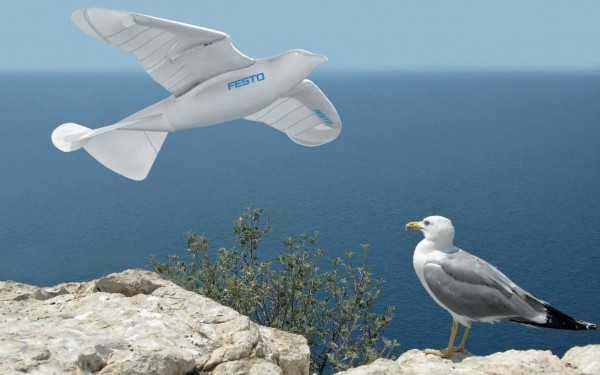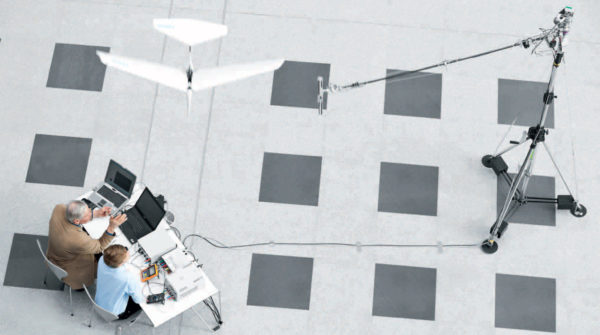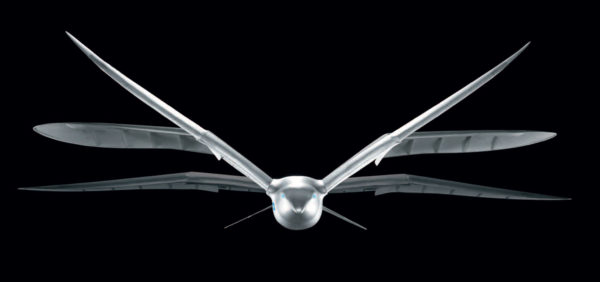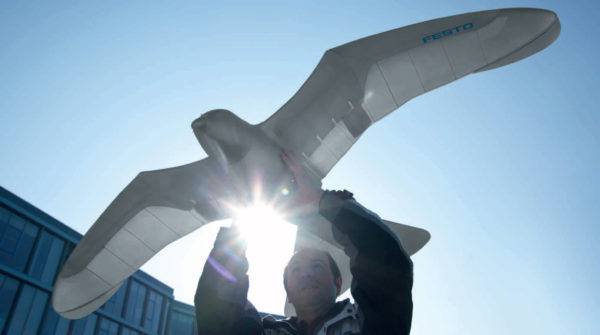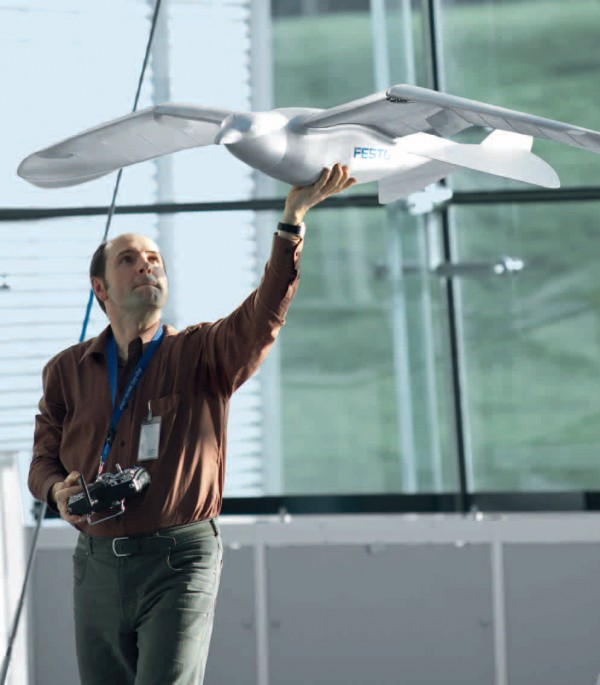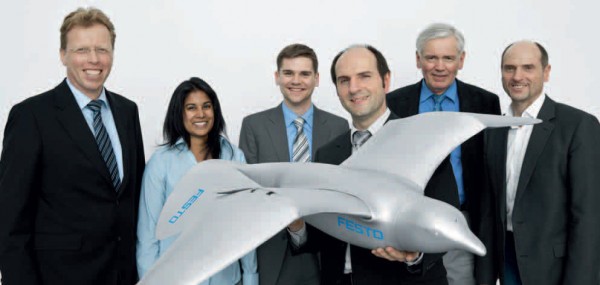Finally, German engineering firm Festo succeeded to decipher the mechanism of bird flying. Markus Fischer, Festo’s head of corporate design, demonstrated a robot bird that actually flies like a real bird. Festo has named the prototype bird “SmartBird”. They are inspired by the herring gull and superimpose the idea in SmartBird. It’s a remarkable innovation in the history of Robotics.
From the beginning of the humankind, people were trying to fly like a bird by ourselves. Though it’s still a dream, but a robot can fly like a real bird. The prototype “SmartBird” built by Mr. Fischer, can start, fly and land autonomously. Just like real bird, it can flap its wings and can also bend those with specific angels from which it gets its motion.
Watch the demonstration by Markus Fischer @ TEDGlobal 2011 In Edinburgh
–>
SmartBird is large but powerful. Efficient aerodynamics has been used here. Active articulated torsion drives the model to bend its wings. The torsional drive unit combines with a complex control system to attain an unprecedented level of efficiency in flight operation.
Though SmartBird was inspired by the herring gull, it’s a bit larger than this gull species. The wingspan is 2 meter & the body is solely a carbon-fiber “skeleton”. It weighs only 450 grams. SmartBird and its predecessors have an electromechanical efficiency factor of around 45%. Measurements of circular flight have demonstrated an aerodynamic efficiency factor as high as 80%.
With its optimized contours and its lightweight carbon fiber design, SmartBird is an excellent example of energy-efficient motion and of the resource-friendly use of materials. “We learned from the birds how to move the wings, but also the need to be very energy efficient”, says Mr Fischer.
The below video will help you to understand the how SmartBird’s wings work:
Click here to know more about SmartBird. Here you will get full technical details & brochure of Festo’s SmartBird.

